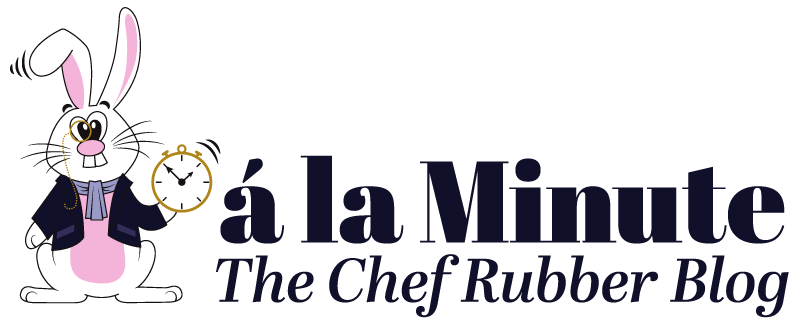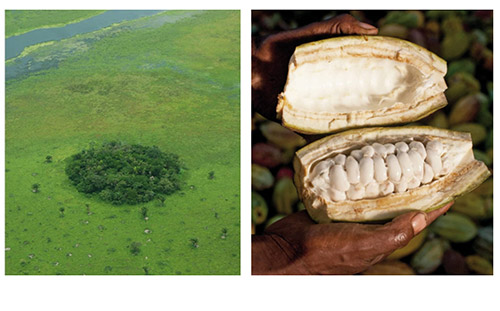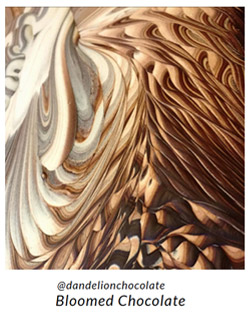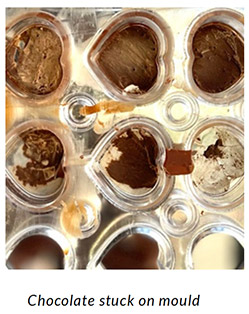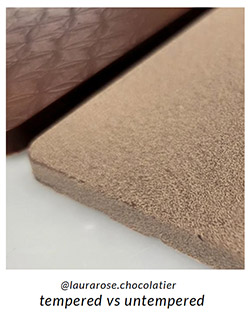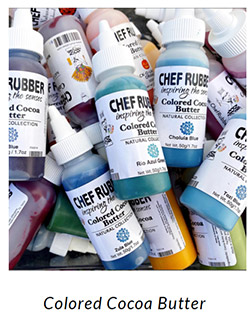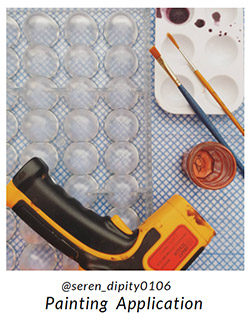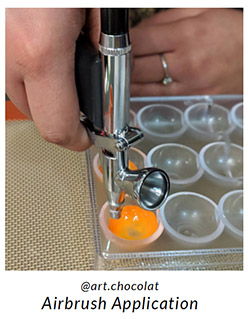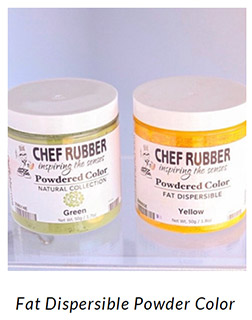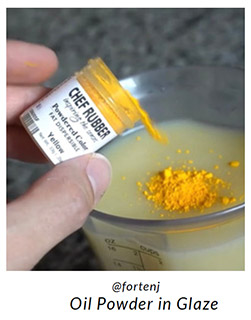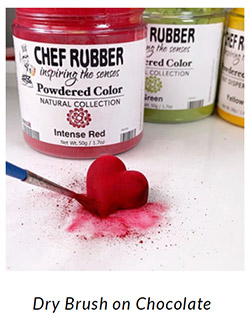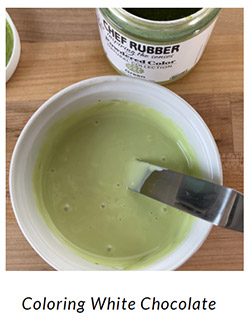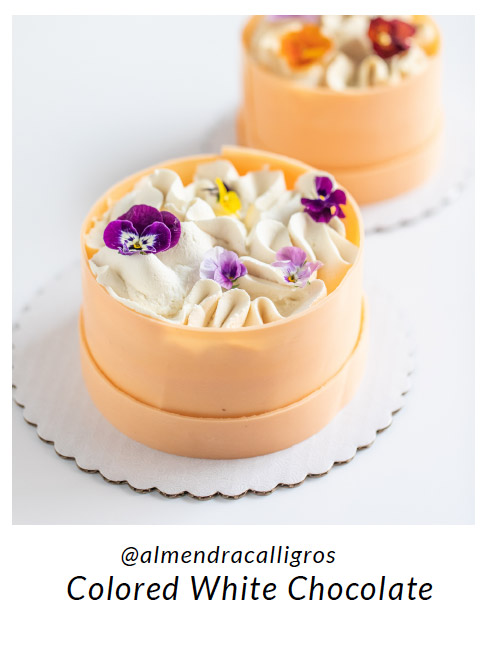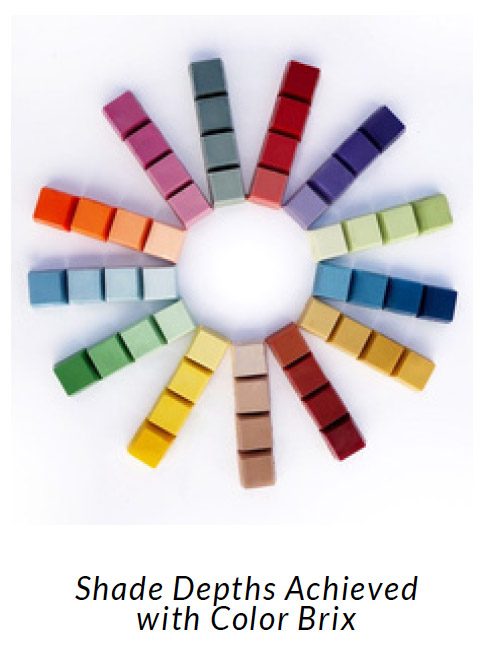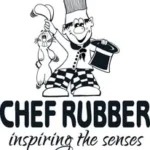COUVERTURE vs COMPOUND
01/10/2023
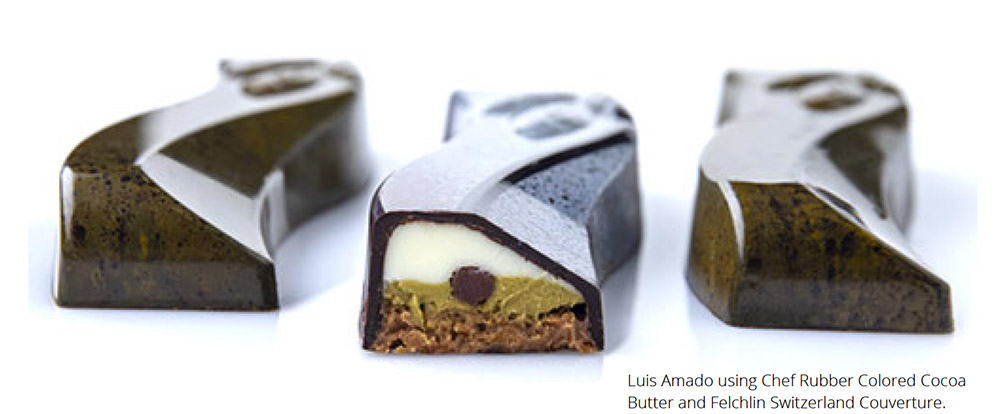
WHAT IS CHOCOLATE?
Sili Trix and Sir Quacksalot are making their way through Europe learning as much as they can about all things chocolate, pastry, bread, sugar, and anything else they can get their paws and feathers into! Have you seen our friends in their wacky adventures? Currently the pals have been learning about the different types of chocolates at Felchlin Switzerland!
Chocolate has been around for a long time in its original form as cacao, and can be traced back to ancient Mayans and even earlier to ancient Olmecs. By the 1500s, with the help of conquistadors and others that sailed the ocean blue, cacao beans were all over the European map. By the mid-1800s every country had their own variation of what they created with cocoa beans. A concoction of cocoa powder diluted in hot water with added sugar was most common. Around this same time, a Dutchman by the name of Van Houten invented a hydraulic press and figured out how to separate cocoa mass into cocoa butter and cocoa solids, giving us chocolate as we know it today.
Felchlin Switzerland has perfected the process invented by Van Houten, and has been doing so for the last 100 years.
FROM BEAN TO COUVERTURE
With over 100 years in chocolate making Felchlin Switzerland knows a thing or two about maintaining quality and tradition in the process of making their Swiss Chocolates.
Harvesting is the first step to carefully selecting ready cacao fruit. At the end of the rainy season is when cacao pods are ripened. Harvested pods are split open by farmers and the beans and pulp is removed. The beans are then fermented and dried before being transported to Switzerland.
Once landing in the Felchlin factory the beans go through a cleaning process before being roasted. Then they are broken and ground by milling stones to remove their shells, kneaded and rolled to begin the chocolate making before heading into the traditional conching for 72 hours.
SO WHAT’S THE DIFFERENCE?
COUVERTURE
Couvertures are a class of high quality chocolate with at least 30% cocoa butter content that require tempering before they are used. Proper tempering of couverture will give chocolate a shiny finish and a hard snap. If you decide not to temper your couverture, you may experience unsightly fat bloom… or it could cause your chocolate to improperly set up, leaving you in a sticky situation. Couverture is preferred by chefs for making truffles, bonbon shells, showpieces, and other items. When it comes to choosing a couverture, it’s truly a matter of preference and taste. While at Felchlin Switzerland. Sili Trix and Sir Quacksalot sampled a wide range of couvertures each varying in taste based on their origin. Sili preferred the more fruitful taste of the Grand Cru Collection. While Quacksalot enjoyed the hearty cacao flavor the Ghana beans produced in the Sao Palme Collection.
COMPOUND
Coating chocolate, also referred to as: melting, non-tempering, or compound chocolate, is a type of chocolate that does not require tempering. The high cocoa butter content that’s found in couverture is replaced with ingredients like high grade vegetable fats, sugar, milk solids and flavorings. Because this type of chocolate is so easy to work with and melts down into a liquid state, coating chocolate is an excellent choice for baked goods, fondues, and hand dipped chocolates. The trained chocolatiers at Felchlin also showed the friends how coating chocolates from the Ultra lines can maintain a high quality while keeping their excellent taste.
WHAT IS TEMPERING?
When you temper couverture, what you are actually tempering is the cocoa butter content in it. Tempering is a time-temperature process to ensure the formation of stable crystal structures in the chocolate. Proper tempering is necessary to achieve that intense shine and hard snap that’s oh so satisfying. Chef Rubber has partnered up with world class chocolatiers offering a variety of chocolate making classes to help you along the way.
DIFFERENT METHODS TO TEMPER COUVERTURE
Every kitchen is different, which is why there is no one tried and true way of tempering couverture. Here we have four of the most common methods. It’s important to remember to have a candy thermometer and a watch/clock of some kind ready to check your tempering.
MICROWAVE
The most common method for small batches or getting the hang of tempering. In a microwave safe bowl you’ll heat your couverture in short increments at a high heat, then stirring in between.
DOUBLE BOILER
Double boilers are an easy and effective method. Layering a bowl on top of a boiling pot of water. The heat from the boiling water melts the couverture in the bowl on top of the pot.
TEMPERING MACHINE
No muss-no fuss with a tempering machine, especially if you are running a large chocolate production. Chocolate melts in the machine, leaving you to just set the desired temperature.
TABLE TOP
A classic tempering method that requires 3 things: time, temperature, and movement. This method may require more work, as you are moving melted chocolate over cold marble to reach a tempered state, but the results prove it’s worth it.
TEST TO CHECK IF COUVERTURE IS IN TEMPER:
- 1. Swipe a small amount of chocolate onto a baking sheet.
- 2. Check back in 5.
- 3. Is it glossy with a crispy snap? It’s tempered!
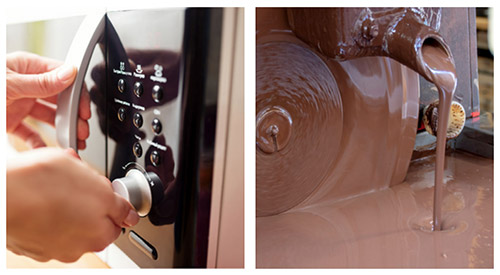
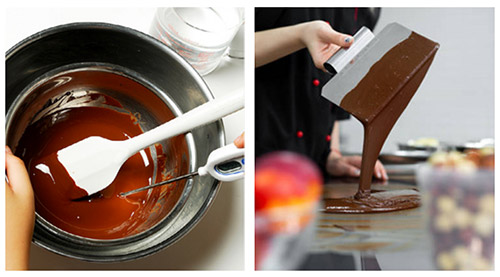
DID YOU BREAK TEMPER?
When the structure of the crystallized cocoa butter changes, or “breaks”, your chocolate is out of temper. The results of broken temper can include: dull finish, fat bloom, improper setting, and rough or tacky textures.
SIGNS YOUR TEMPER IS BROKEN:
- Chocolate is dull
- Blooming (cocoa butter separates from chocolate)
- Dry, crumbled mouthfeel
- Sticks inside your moulds
- Melts too easily/quickly
WANT TO ADD COLORS?
Adding color to chocolate is a relatively new trend. Bright, tantalizing colors invigorate your eyes tempting you to take a taste. Chocolatiers sometimes match color to the flavor of their chocolate for easy identification. Using color can also benefit the production runs of holiday and custom events, pair your colors to its celebration, for example red and green can easily identify winter flavors like peppermint and anise.
Now, if you are ready to fill your world of chocolate with color, we have a few options waiting for you. No matter the type of chocolate, you’ll find several oil/fat based colorants for adding any shade to your chocolate.
COLORED COCOA BUTTER
use with couverture
The most common first choice for coloring chocolate is colored cocoa butter. This is raw cocoa butter that’s been mixed with fat based color and is used when making moulded chocolates like bonbons. Cocoa butter colors can be painted or airbrushed directly onto chocolate moulds or airbrushed onto moulded chocolate to create a velvet effect. Alternatively, you can use colored cocoa butter to tint your white chocolate directly.
FAT DISPERSIBLE POWDER COLOR
use with couverture and compound
Another option for coloring your chocolates is fat dispersible powdered color. Colors in their raw form are usually in a powder consistency, usually referred to as Lakes (fat dispersible) and Dyes (water soluble). Because there is no liquid or other ingredients diluting the color, you will experience the strongest form of food color. These opaque powders provide a matte result and are best used to petal dust, paint, and color white chocolate directly.
COLOR BRIX
use with couverture and compound
What’s more, if you find yourself between dry powders and cocoa butter, we have a user friendly colorant! Color Brix are a compounded brick of color that works insanely fast to color your white couverture or coating chocolate. With a small amount of cocoa butter, it’s perfect for a smooth application into a white chocolate. Simply shave, cut or grate the amount of color you would like to use and build the intensity by adding more to your batch.
CONFECTIONARY CANDY COLOR
use with compound
Lastly, a liquid blend of oil based colorant that binds to the fats in your recipes to evenly distribute vibrant pigment into your confections. Confectionery Candy Color is a fat dispersible liquid colorant and works best coating/dipping, or otherwise non-tempering chocolates.
SOURCES
- https://www.puratos.com/knowledge-base/when-was-chocolate-invented
- https://www.history.com/topics/ancient-americas/history-of-chocolate
- https://www.imperialsugar.com/blog/melting-and-tempering-chocolate-what-s-the-difference
- https://readcacao.com/eating-chocolate/couverture-chocolate-everything-you-need-to-know/
- https://www.chocolatespiel.com/blog/2019/5/16/how-to-make-chocolate-at-home-part-4-tempering
- https://felchlin.com/en
CHEF RUBBER ON INSTAGRAM

